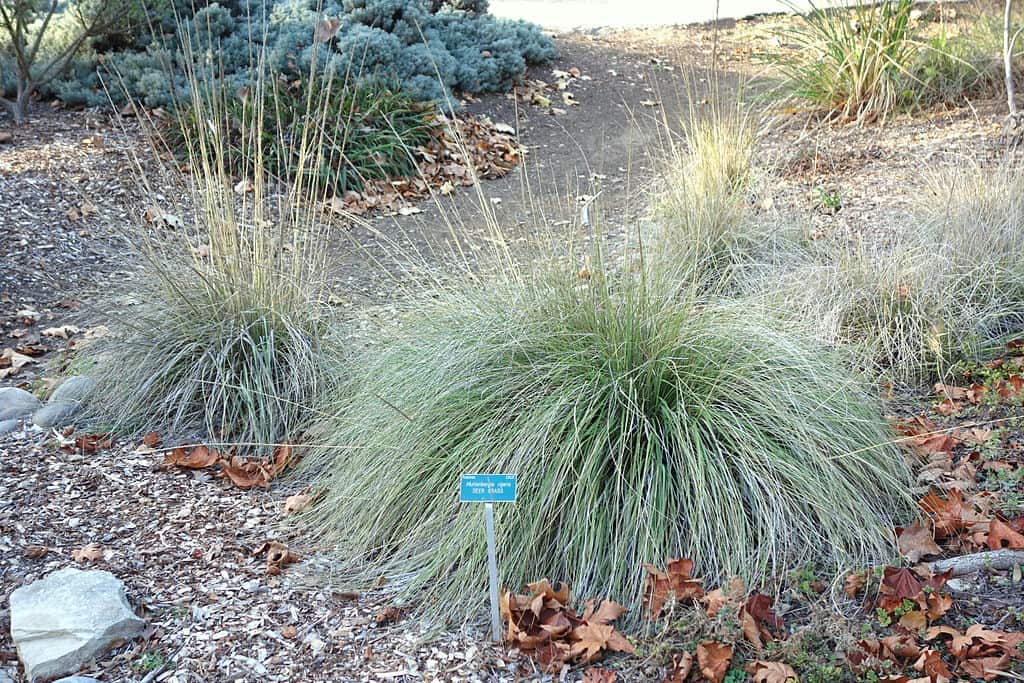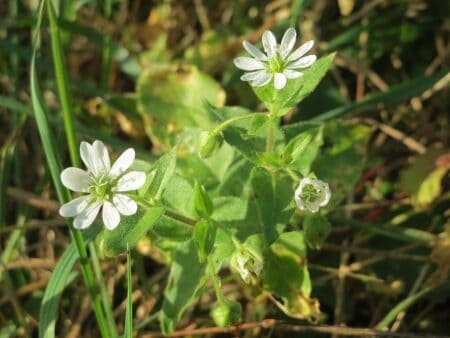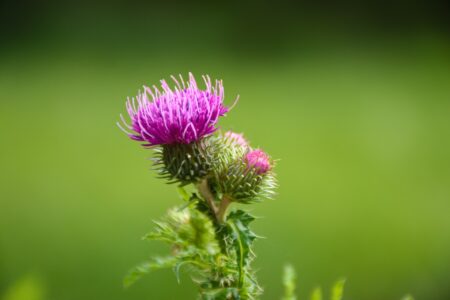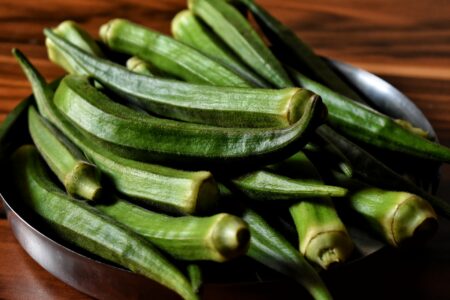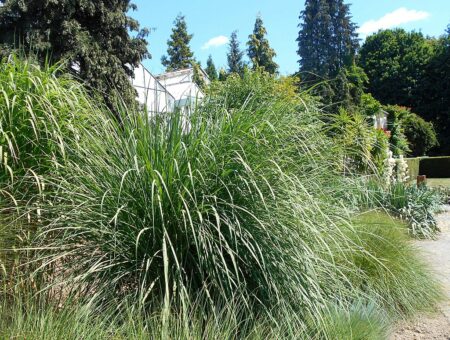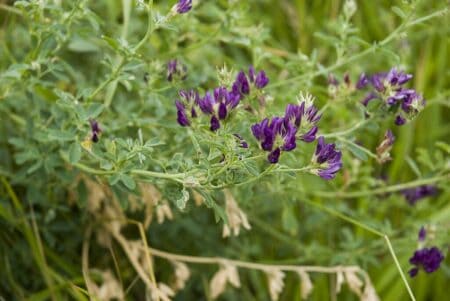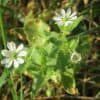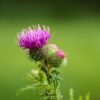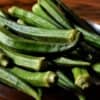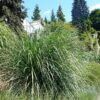Source: Wikimedia
Deer grass is a beautiful and versatile ornamental grass that can add texture, color, and movement to your garden.
It is also a native plant that attracts wildlife and provides erosion control.
In this article, you will learn what deer grass is, how to grow and care for it, and what possible problems you may encounter.
What Is Deer Grass?
Deer grass is a native ornamental grass with many benefits for your garden.
Here are some facts about deer grass:
- Scientific name: Muhlenbergia rigens
- Family: Poaceae (grass family)
- Type: Warm-season perennial bunchgrass
- Size: Up to 3 feet (90 cm) tall and wide
- Foliage: Slender pointed leaves, bright green to pale silver-green
- Flowers: Slender yellow or purplish spikes, up to 5 feet (1.5 m) tall, in fall
- Seeds: Small, wind-pollinated
- Native range: Southwestern United States and parts of Mexico
Deer Grass is often used for the following:
- Ground cover
- Garden accent
- Mass planting
- Erosion control
- Streambank stabilization
- Cultural
- Medicinal
Deer grass is commonly called deer grass, but deer generally avoid it. It provides food, nesting material, and cover for birds and other animals. It also has cultural and medicinal uses among some Native American tribes.
Grow and Caring for Deer Grass
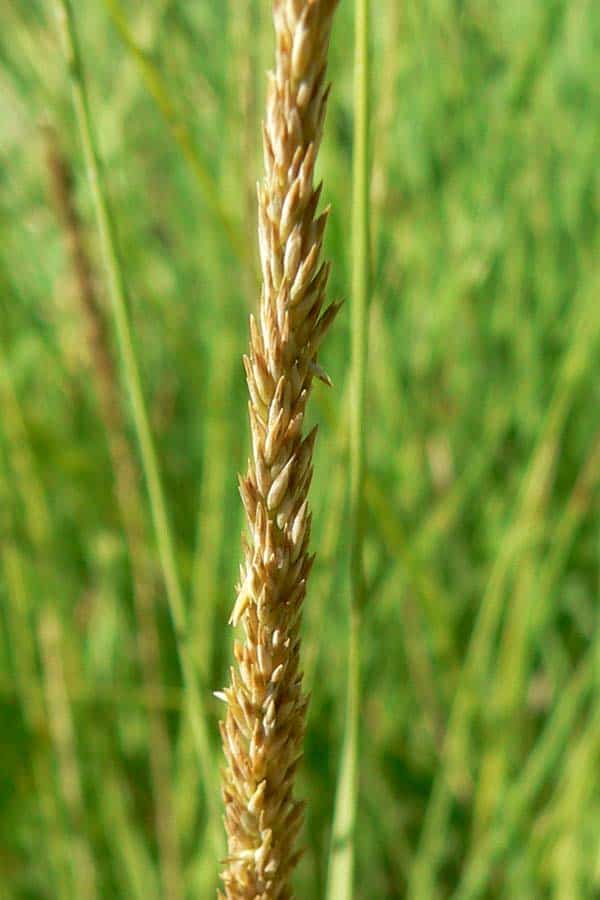
Deer grass is a low-maintenance, drought-tolerant, and wildlife-friendly ornamental grass that can grow in almost any soil and sun condition.
Planting Deer Grass
Planting deer grass is easy and rewarding.
Depending on your preference and availability, you can start from seeds or container plants.
Here are some steps for planting deer grass.
Step #1: Choose a Location
Deer grass can grow in full sun or light shade but prefers bright and ample sunlight.
Choose a site with well-drained soil, as deer grass does not like wet or soggy conditions.
Deer grass can tolerate a wide range of soils, including clay, as long as they are well-drained.
Step #2: Prepare the Soil
Before planting deer grass, you must prepare the soil by loosening it and removing any weeds or rocks.
You can also add some organic matter, such as compost or manure, to improve the soil structure and fertility.
Deer grass does not need fertilization, but organic matter can help retain moisture and nutrients.
Step #3: Plant the Seeds or Container Plants
If you plant deer grass from seeds, sow them in late spring or early summer when the soil is warm and moist.
Scatter the seeds evenly over the prepared soil and lightly rake them into the soil.
Water regularly during the first month, and keep the soil moist but not soggy.
If you plant deer grass from container plants, plant them in fall or winter when the rainfall is abundant and the temperature is mild.
Dig a hole twice as wide and deep as the plant’s root ball. Place the plant in the hole and backfill with soil, ensuring the crown is leveled with the soil surface.
Water thoroughly after planting, and mulch around the plant to conserve moisture and prevent weeds.
Caring for Deer Grass
Deer grass is a low-maintenance, drought-tolerant, and wildlife-friendly ornamental grass that does not need much attention.
However, some basic care can help it stay healthy and attractive.
Here are some tips for caring for deer grass.
Watering Deer Grass
Deer grass does not need supplementary water in summer once established, but summer moisture keeps its foliage fresh-looking.
Water deeply and infrequently, about once a month or less, depending on the rainfall and soil moisture.
Avoid overwatering or watering too frequently, as this can cause root rot or fungal diseases.
Pruning Deer Grass
Deer grass does not need pruning but can be cut back in late winter or early spring to encourage new growth.
Use sharp shears or a mower to trim the foliage to about 6 inches (15 cm) above the ground. This will also help prevent thatch buildup and fungal diseases.
You can also remove the flower heads before they mature to prevent self-seeding or invasiveness.
Possible Problems With Deer Grass
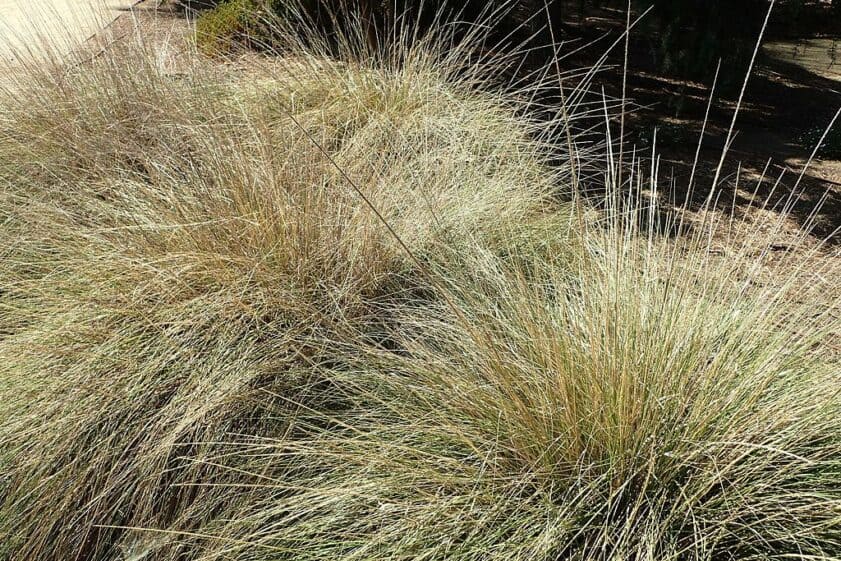
Here are some common problems with deer grass and how to prevent or solve them.
Fungal Diseases
Deer grass can be susceptible to some fungal diseases, such as rust, leaf spot, or powdery mildew.
These diseases can cause discoloration, spots, or patches on the leaves and stems of deer grass. They can also reduce the vigor and growth of the plant.
Prevent fungal diseases by avoiding overwatering or watering too frequently.
Insect Pests
Deer grass can be attacked by some insect pests, such as aphids, spider mites, or leafhoppers.
These pests can suck the sap from the leaves and stems of deer grass, causing them to curl, wilt, or turn yellow.
They can also transmit diseases or produce honeydew that can attract ants or mold.
Use an insecticidal soap spray or a homemade solution to kill the pests on contact.
Conclusion
Deer grass is a beautiful ornamental grass that can enhance your garden with its graceful foliage and flowers.
It is also a native plant that attracts wildlife and provides erosion control.
Deer grass is easy to grow and care for, as it does not need much water, fertilizer, or pruning.

